Project Maha-Deva : How Maharashtra Plans to Turn Young Kids into World-Class Footballers
At the iconic Wankhede Stadium in Mumbai, a place traditionally associated with cricketing history, a new chapter in Indian football was written with global flair and local hope. The Maharashtra government formally launched Project Maha-Deva, a five-year football development initiative designed to scout, train, and transform young talent from across the state into future international footballers. What made the launch extraordinary was the presence of global football legend Lionel Messi, alongside stars Luis Suarez and Rodrigo De Paul, during Messi’s much-anticipated G.O.A.T Tour of India. The moment was symbolic. A World Cup winner standing beside children from Maharashtra signalled more than just a ceremonial event; it represented a powerful statement of intent. Maharashtra is no longer dreaming small when it comes to football. It is planning for the world’s biggest stage.The Aim: Building World Cup FootballersProject Maha-Deva has a clear and ambitious objective: to identify promising footballers at a very young age and nurture them into players capable of representing India at future FIFA World Cups, including the targeted 2034 edition. Maharashtra Chief Minister Devendra Fadnavis described the initiative as a long-term investment in talent, discipline, and sporting excellence. The project focuses on children under the age of 13, recognizing that elite footballers are shaped early through structured training, exposure, and holistic development. By intervening at the grassroots level, the program seeks to correct one of Indian football’s long-standing gaps: the lack of sustained, high-quality development pathways for young players.Five Years of Holistic DevelopmentAt the heart of Project Maha-Deva is a comprehensive five-year residential scholarship program. Sixty young footballers, comprising 30 boys and 30 girls selected from across Maharashtra, will be part of the inaugural batch. These children will receive far more than just football training. The program covers professional coaching, academic education, nutrition, physical conditioning, and mental health support. The emphasis on mental conditioning and academics reflects a modern understanding of sport. Footballing talent alone is not enough; young athletes need emotional resilience, education, and life skills to succeed in a demanding global environment. By providing residential facilities, the program also ensures equal opportunity for children from rural and economically weaker backgrounds who might otherwise never access elite training.A Once-in-a-Lifetime MomentFor the selected children, the launch day was unforgettable. They didn’t just watch Lionel Messi from the stands; they interacted with him, shared smiles, and even participated in rondo drills with Messi, Suarez, and De Paul. For a 12-year-old footballer from a small town in Maharashtra, this was more than inspiration; it was belief. Such moments carry immense human value. When young players see global icons up close, the impossible suddenly feels achievable. That emotional connection, that spark of confidence, is often what turns talent into ambition and ambition into achievement.Institutional Strength Behind the DreamProject Maha-Deva is not a standalone effort but a collaborative initiative backed by strong institutional support. It is being jointly implemented by the Maharashtra Institution for Transformation (MITRA), the Village Social Transformation Foundation (VSTF), the Western India Football Association (WIFA), CIDCO, and the state sports department. This multi-agency approach ensures that policy vision, technical expertise, infrastructure, and administration work together seamlessly. Such coordination is crucial for sustainability. Football development requires long-term planning, consistent funding, and professional governance—areas where many past initiatives have struggled. Maha-Deva attempts to address these challenges through a structured and accountable framework.Corporate Support Strengthening the FoundationThe project has also received meaningful corporate backing, reflecting growing confidence in Indian football’s future. The Jindal Group donated ₹75 lakh to Project Maha-Deva through VSTF, while Mahindra & Mahindra contributed ₹99.99 lakh. These contributions go beyond financial assistance; they signal a partnership between government, industry, and sport. Corporate involvement helps ensure better facilities, exposure opportunities, and long-term continuity. More importantly, it shows young players that society believes in their potential, reinforcing their motivation to succeed.More Than a Project, a PromiseProject Maha-Deva is not just about medals or match results. It is about giving children a chance to dream without limits. It is about a state government recognizing sport as a powerful tool for social transformation, discipline, and global representation. And it is about planting seeds today for victories that may come a decade later. As Lionel Messi shared the field with young Maharashtrian footballers at Wankhede, the message was clear: greatness begins with belief, structure, and opportunity. If Project Maha-Deva stays true to its vision, the day may not be far when one of those children walks onto a World Cup pitch not as a spectator, but as a player representing India. In that moment, the story of Maha-Deva will truly come full circle.

.jpg)

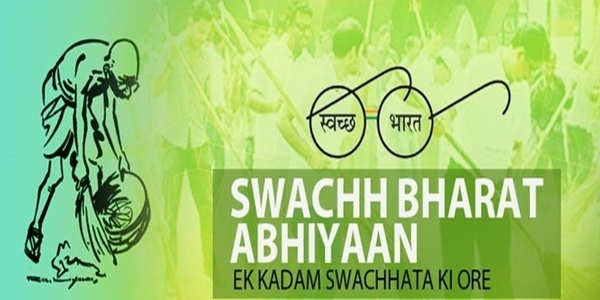
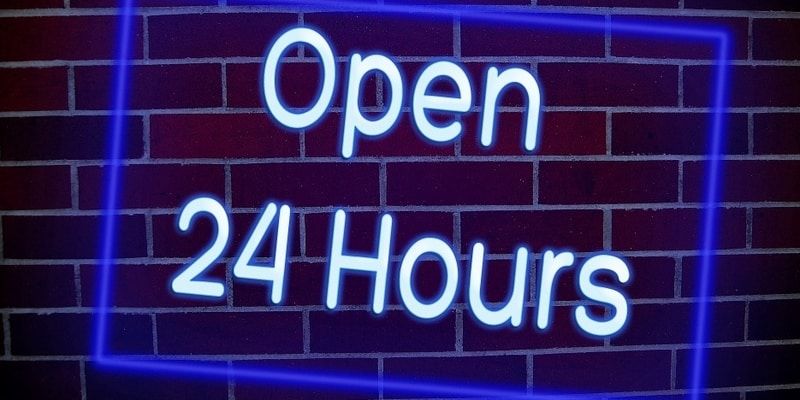
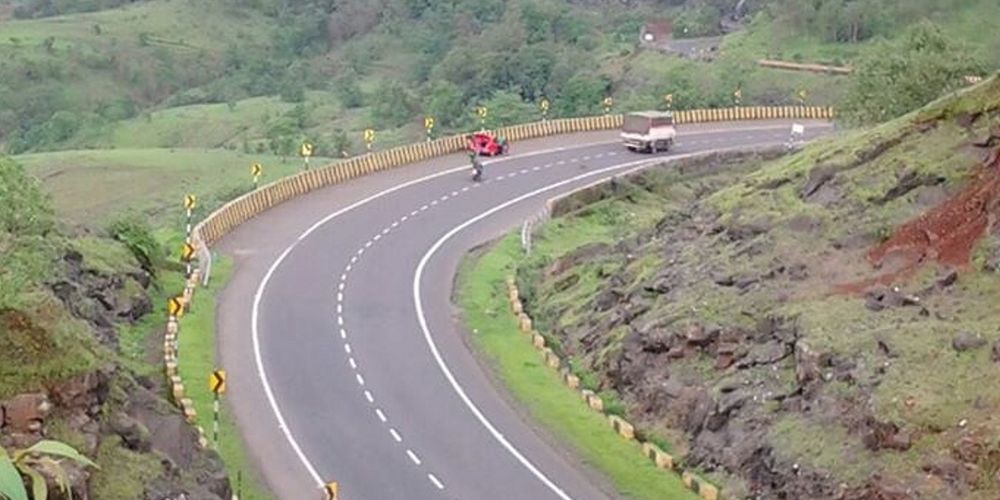
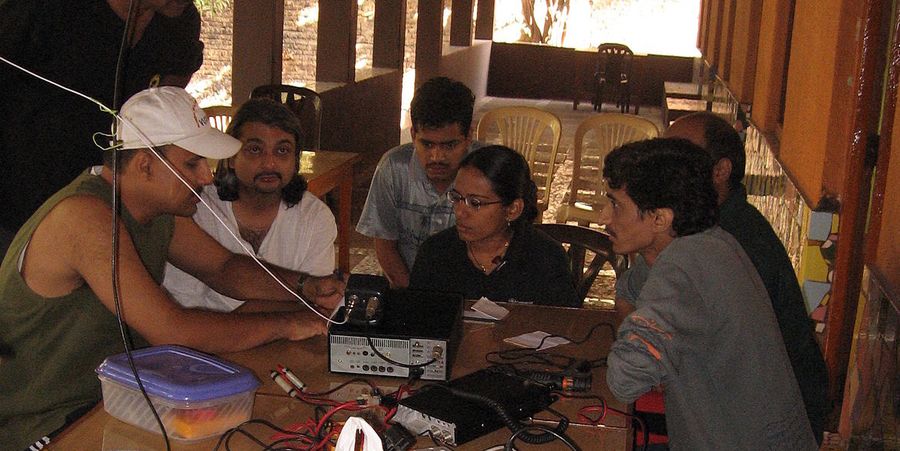

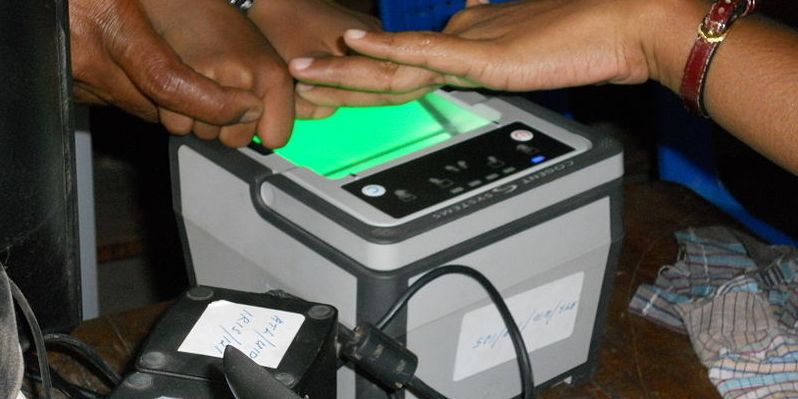
.jpeg)
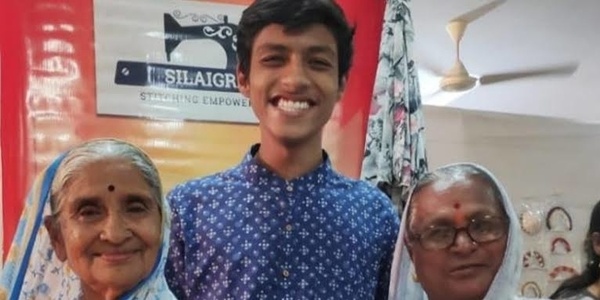
.jpeg)
 (1).jpeg)
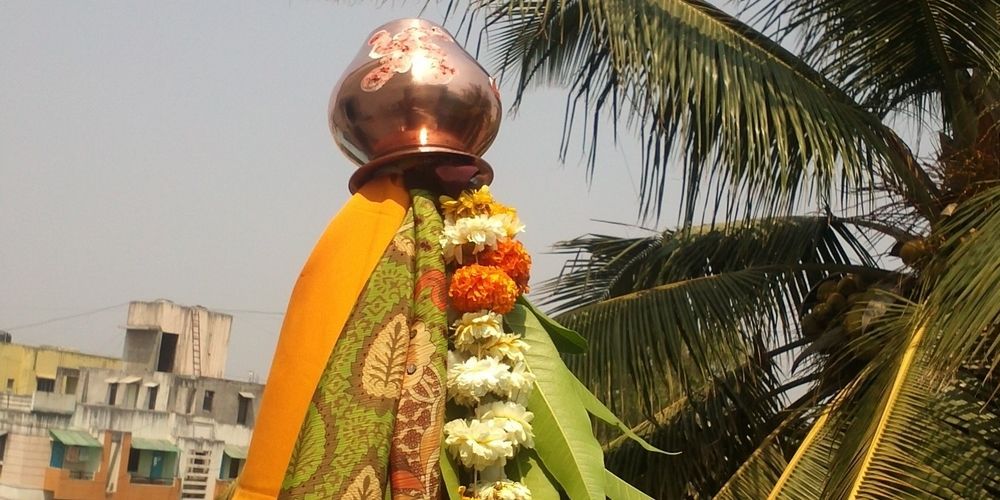
.jpeg)